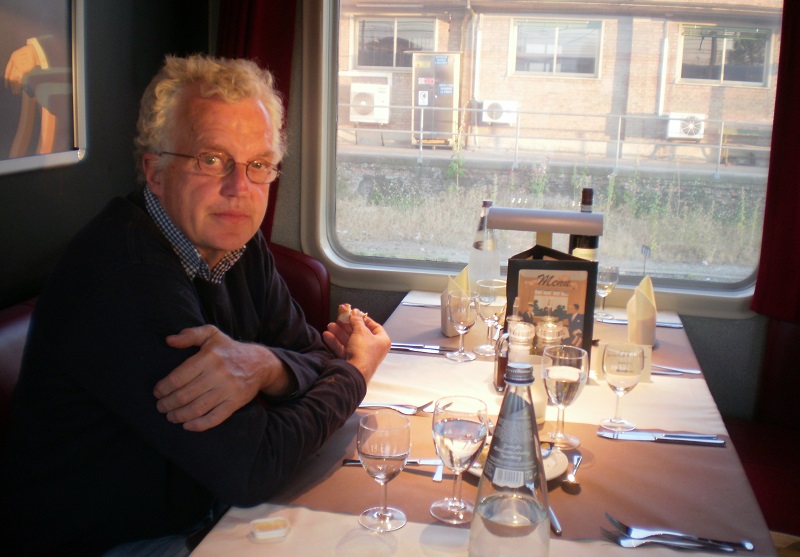The publicity says that St Pancras is the new ‘destination station’. And for once, the PR is not exaggerating or deceiving. St Pancras will be far more than merely a terminus for four million people who will arrive there on Eurostar trains annually. It will be a place that tourists will seek out in their guidebooks, becoming as integral to a visit to London as seeing Westminster Abbey or the Tower.
The fortuitous decision to locate the London terminal of the Eurostar services at St Pancras was taken relatively late in the day. The original plan for the Channel Tunnel Rail Link had been for an entirely underground terminal at King’s Cross with the line running in a tunnel from south London. However, a proposal by Ove Arup for a route through East London, with a station at Stratford, was accepted by Michael Heseltine, the then Environment Secretary in 1991.
It was a good move, creating a scheme that offered far more regeneration benefits than its predecessor, but the change meant that the terminus and the line would be completed long after the 1994 opening of the tunnel. Indeed, with subsequent financial problems – requiring two sets of refinancing – and more prevarication, it is now 13 years since President Mitterrand made his famous remark at the opening of the Tunnel about how Eurostar passengers would enjoy a long slow look at the Garden of England, but then whiz through northern France on the already completed high speed line
The location of the new terminus has several advantages. With its proximity to Euston and King’s Cross, as well as the domestic services into St Pancras, it provides ready access to many people coming in from the north. The station too, is the best connected in London as it is served by six Underground lines, as well as Thameslink trains and, from 2009, the terminal will also be used by the high speed trains from various destinations in Kent. However, while these will greatly speed up journeys for many Kent commuters, they are controversial since they will not only attract premium fares, but also mean a reduction in existing services to stations like Charing Cross and Cannon Street that are more convenient for people working in the City.
There are disappointments, though. First, Eurostar will only serve its existing destinations, Paris and Brussels, for some time to come in addition to the holiday season trains to Avignon, the French alps and Disneyland. Richard Brwn, chief executive of Eurostar, says that a team will be set up to look at additional destinations early next year, but this is rather tardy. There are plenty of towns in northern Europe such as Cologne or Amsterdam which could be reached within four hours of London but Eurostar has decided to play it safe for the moment, which leaves plenty of spare capacity on the new line. Secondly, a plan to run direct trains from British provincial cities, both during the day and at night, was scrapped when British Rail, which had promoted the idea, was privatised.
Moreover, High Speed One, as the line is now to be called, will not be followed by a successor for decades, if ever. The Department for Transport has just set out its long term strategy for the railways in a document called ‘Delivering a sustainable railway’ in which even the assessment of the need for such a line has been postponed until 2014 at the earliest.
In Europe, by contrast, there is a genuine high speed revolution, with major networks being developed in Italy, Spain and Germany, as well as France which recently opened its fourth major line, TGV Est. Britain, the birthplace of the railway, now finds itself lagging behind the rest of Europe, on a branch line from Lille, one of the stations which a new pan-European rail organisation, Railteam, is promoting as one of its hubs.
However, it would be churlish not to celebrate the achievement of the those who pushed through the construction of the railway and the refurbishment of the wonderful St Pancras in the face of considerable odds. Just like their Victorian forebears who created Britain’s railway network, they showed vision and foresight, and their legacy will survive well into the next century.
Christian Wolmar’s history of the railways, Fire and Steam, has just been published by Atlantic Books, £19 99.
